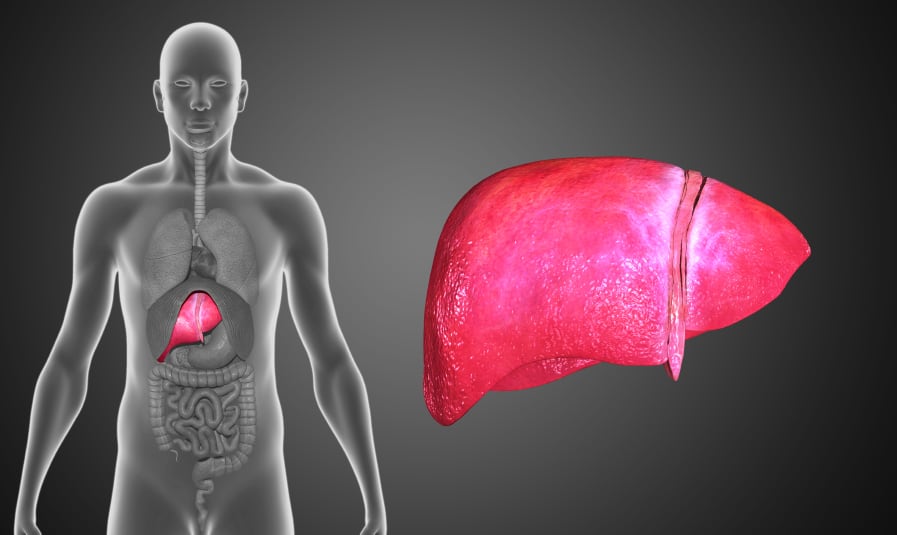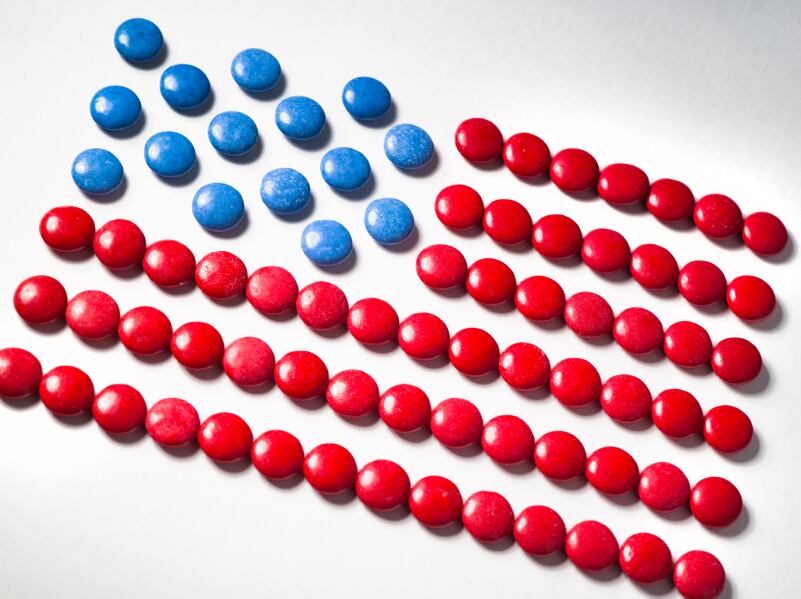The findings of the studies, both from the University of North Carolina Greensboro, which looked into grape polyphenols and their ability to impact weight gain, insulin resistance, markers of inflammation and gut microbiota, may offer a dietary strategy for those struggling with obesity or those at risk of metabolic conditions.
Two studies

The first study saw subjects eating butter (33% of energy from fat) combined with grapes for 11 weeks had a lower percentage of overall body fat.
This finding was attributed to increases in some beneficial bacteria, decreases in some less desirable bacterial strains, increases in microbial diversity and improved gut barrier function.
The second study used butter with an even higher fat content (44% of energy from fat), which was supplemented with lard, beef tallow, and shortening to mimic a Western-type diet.
This high-fat diet was then combined with either the polyphenol fraction of grapes or the non-polyphenol portion of grapes, as well as whole grapes.
Results here showed that the high-fat diet, combined with grape polyphenols, reduced the percentage of body fat, markers of inflammation in the liver, and improved glucose tolerance and intestinal barrier function. This study ran for 16 weeks.
While the 5% whole grape diet did not improve the metabolic profile in this study, it did increase microbial diversity and decreased abundance of several harmful bacteria in the intestinal tract.
Mimicking a US-style diet

“We conducted the current 16-week study using a higher level of dietary fat (i.e., 44% kcals) and a fatty acid profile that was similar to Americans (i.e., soybean oil, butter, lard, shortening and beef tallow) to enhance the metabolic consequences of diet-induced obesity,” the study reported.
“The results indicate that in the context of HF feeding, consumption of the polyphenol-rich EP fraction, alone or in combination with the polyphenol-poor NEP fraction, attenuated diet-induced obesity, insulin resistance, steatosis and chronic inflammation in white adipose tissue (WAT).”
Researchers pointed towards the antiobesity and antidiabetic effects of anthocyanins. Anthocyanins have been reported to exert these effects in vitro and in some instances in vivo.
One study identified anthocyanins from black soybeans reversed weight gain, reduced the levels of serum TG and cholesterol and increased the levels of high-density lipoproteins.
Likewise, beneficial improvements in glucose tolerance were observed with supplementation of anthocyanins from maqui berry in high fat-fed mice.
Source: The Journal of Nutritional Biochemistry
Published online ahead of print, doi.org/10.1016/j.jnutbio.2015.12.021
“A polyphenol-rich fraction obtained from table grapes decreases adiposity, insulin resistance and markers of inflammation and impacts gut microbiota in high-fat-fed mice.”
Authors: Brian Collins et al.
